Home>Gardening & Outdoor>Pool & Spa Care>How Many Solar Panels To Run Hot Tub
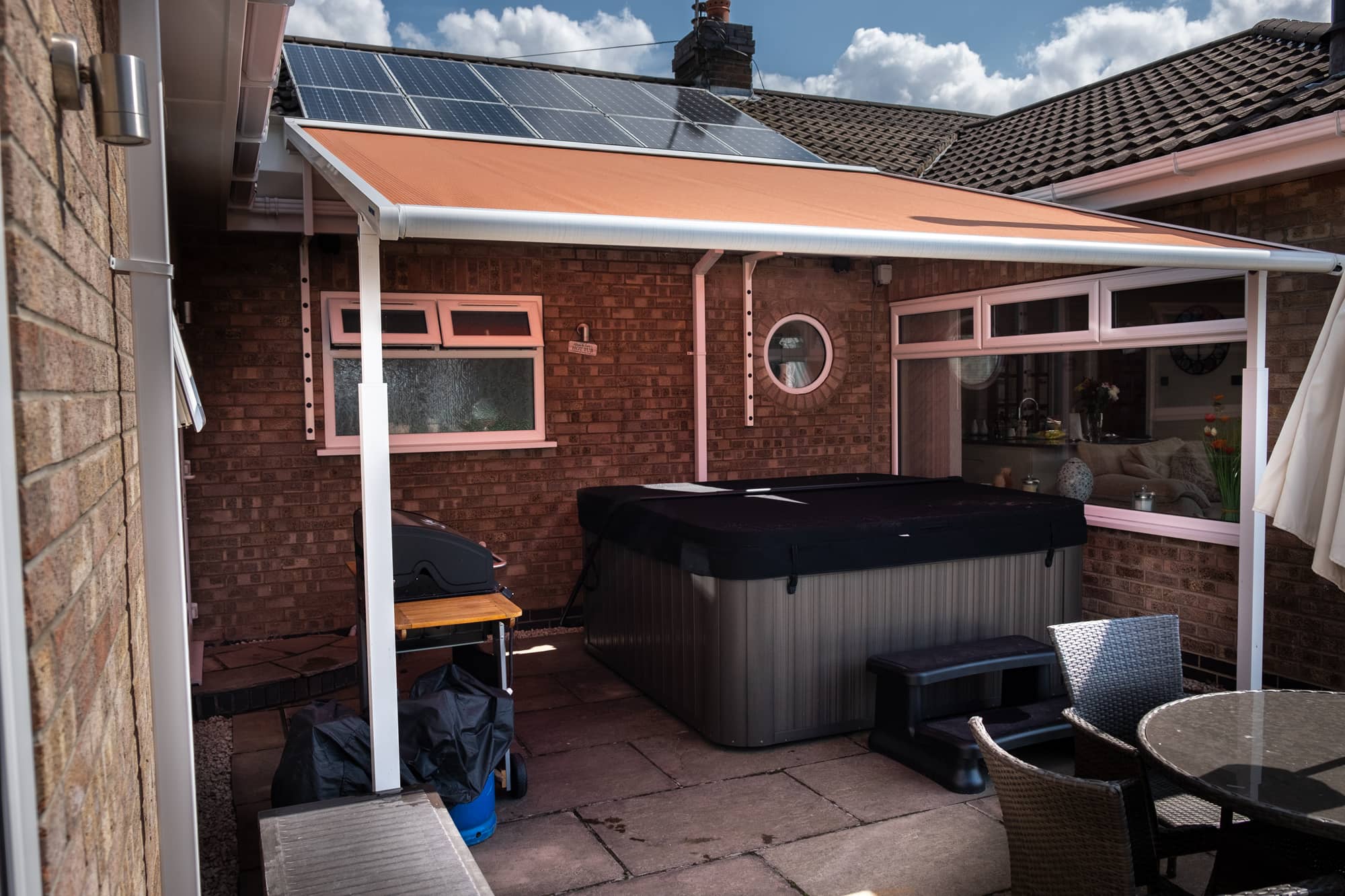

Pool & Spa Care
How Many Solar Panels To Run Hot Tub
Modified: November 1, 2024
Discover the ideal number of solar panels needed to power your hot tub and optimize your pool and spa care with sustainable energy solutions. Find out more now!
(Many of the links in this article redirect to a specific reviewed product. Your purchase of these products through affiliate links helps to generate commission for Storables.com, at no extra cost. Learn more)
Introduction
Owning a hot tub is a luxurious and enjoyable addition to any home. However, the cost of continuously heating the water can be a concern for many hot tub owners. This is where solar panels come in as an eco-friendly and cost-effective solution. In this article, we will delve into the world of solar energy and hot tubs to answer the burning question: How many solar panels are needed to power a hot tub?
By understanding the energy consumption of hot tubs and how solar panels work, we can calculate the number of solar panels required to keep your hot tub running efficiently. Additionally, we will explore the various factors that need to be considered when using solar panels to power a hot tub. Whether you are a hot tub enthusiast looking to reduce energy costs or an eco-conscious homeowner, this article will provide valuable insights into harnessing the power of the sun to keep your hot tub warm and inviting. Let's dive in!
Key Takeaways:
- Solar panels can power hot tubs by converting sunlight into electricity, reducing energy costs and environmental impact. Understanding energy consumption and panel placement is key.
- Calculating solar panel wattage based on hot tub energy needs and sunlight hours helps determine the number of panels required for efficient power. Consider factors like orientation and shading.
Understanding the Energy Consumption of Hot Tubs
Hot tubs are designed to maintain a constant water temperature, which requires a significant amount of energy. The energy consumption of a hot tub can vary depending on factors such as the size of the tub, the desired temperature, insulation, and usage patterns. Typically, hot tubs are heated using electric heaters or gas heaters, both of which contribute to monthly energy bills.
Electric hot tub heaters use heating elements to warm the water, while gas heaters rely on propane or natural gas to generate heat. Regardless of the heating method, hot tubs consume a considerable amount of energy to keep the water at the desired temperature, especially during colder months or in regions with cooler climates.
It’s important to consider the wattage of the hot tub heater when evaluating energy consumption. Most hot tub heaters range from 1,500 watts to 6,000 watts, with larger tubs requiring higher wattage to maintain warmth. Additionally, the duration and frequency of hot tub usage impact overall energy consumption. Regular use and extended heating periods can significantly contribute to energy costs.
Understanding the energy consumption of hot tubs is crucial when considering alternative energy sources such as solar power. By gaining insight into the typical energy requirements of hot tubs, we can effectively assess the feasibility of integrating solar panels to offset energy usage and reduce environmental impact.
Calculating the Energy Output of Solar Panels
Solar panels harness the sun’s energy through photovoltaic cells, converting sunlight into electricity that can be used to power various devices and appliances. Understanding the energy output of solar panels is essential when determining their suitability for powering a hot tub.
The energy output of a solar panel is measured in kilowatt-hours (kWh) and is influenced by several factors, including the panel’s efficiency, orientation, tilt angle, and local climate. The efficiency of a solar panel refers to its ability to convert sunlight into electricity. Higher efficiency panels can produce more electricity given the same amount of sunlight compared to lower efficiency panels.
The orientation and tilt angle of solar panels also play a significant role in energy output. Ideally, solar panels should be oriented to face the equator (south in the northern hemisphere, north in the southern hemisphere) to receive maximum sunlight throughout the day. Additionally, the tilt angle of the panels should be adjusted based on the geographical location to optimize sunlight absorption.
Local climate and weather patterns impact the energy output of solar panels. Areas with abundant sunlight will yield higher energy output compared to regions with frequent cloud cover or limited sunlight. Understanding the average daily sunlight hours in your location is crucial for estimating the energy production of solar panels.
Calculating the energy output of solar panels involves assessing the panel’s capacity, efficiency, and the average sunlight hours in the installation area. By determining the energy output of solar panels, we can ascertain their potential to meet the energy demands of a hot tub and contribute to sustainable energy usage.
To run a hot tub, you will need approximately 24 solar panels to generate enough electricity. This number may vary depending on the size of the hot tub and the amount of sunlight in your area.
Determining the Number of Solar Panels Needed
When determining the number of solar panels needed to power a hot tub, several key factors must be taken into account to ensure optimal energy production and usage. The energy consumption of the hot tub, the wattage of the solar panels, and the available sunlight hours all play crucial roles in this calculation.
First, it is essential to assess the energy consumption of the hot tub, particularly the wattage of the heater. This information provides a baseline for understanding the amount of electricity required to maintain the hot tub’s temperature. Additionally, the frequency and duration of hot tub usage should be considered to estimate the daily energy consumption.
Next, the wattage and efficiency of the solar panels come into play. Solar panels are rated based on their wattage output under standard test conditions. By dividing the total energy consumption of the hot tub by the average daily sunlight hours in the installation area, we can determine the minimum wattage of solar panels required to meet the hot tub’s energy needs.
For example, if a hot tub consumes an average of 5,000 watt-hours per day and the installation area receives approximately 5 hours of sunlight per day, the minimum wattage of solar panels needed would be 5,000 / 5 = 1,000 watts. However, it’s important to consider factors such as panel efficiency and potential energy losses to ensure reliable energy production.
Once the minimum wattage is established, the number of solar panels can be determined based on the wattage of individual panels. For instance, if the selected solar panels are rated at 250 watts each, then 1,000 watts / 250 watts per panel = 4 panels would be needed to power the hot tub under these conditions.
By carefully evaluating the energy consumption of the hot tub, the energy output of solar panels, and the available sunlight hours, we can accurately determine the number of solar panels needed to effectively power the hot tub and minimize reliance on traditional energy sources.
Factors to Consider When Using Solar Panels for Hot Tubs
While harnessing solar energy to power a hot tub offers numerous benefits, several important factors should be considered to ensure the successful integration of solar panels into the hot tub system. Understanding these factors will help optimize energy production, enhance efficiency, and prolong the lifespan of the solar panels.
- Panel Placement and Orientation: Proper placement and orientation of solar panels are crucial for maximizing sunlight absorption. Panels should be positioned to receive direct sunlight without obstruction, ideally facing the equator to capture the most sunlight throughout the day.
- Panel Tilt Angle: Adjusting the tilt angle of the solar panels based on the geographical location can significantly impact energy production. The tilt angle should be optimized to receive maximum sunlight exposure, especially during the winter months when the sun’s path is lower in the sky.
- Shading: Avoiding shading from nearby trees, buildings, or other obstructions is essential to prevent energy loss. Even partial shading on a solar panel can significantly reduce its energy output, so careful consideration of potential shading is necessary during installation.
- Battery Storage: Incorporating a reliable battery storage system is essential for storing excess solar energy generated during peak sunlight hours. This stored energy can then be utilized to power the hot tub during periods of low sunlight or at night, ensuring continuous operation.
- Energy Monitoring: Implementing an energy monitoring system allows hot tub owners to track the energy production of the solar panels and the overall energy consumption of the hot tub. This data can provide valuable insights for optimizing energy usage and identifying potential efficiency improvements.
- Local Regulations and Incentives: Familiarizing oneself with local regulations, permits, and incentives related to solar panel installations is crucial. Understanding any applicable rebates, tax incentives, or net metering policies can help maximize the financial benefits of using solar energy for the hot tub.
By carefully considering these factors and implementing best practices for solar panel integration, hot tub owners can effectively harness the power of solar energy to reduce energy costs, minimize environmental impact, and enjoy the soothing warmth of their hot tubs with greater sustainability.
Read more: What Solar Panels Can Run An Outdoor Camera
Conclusion
In conclusion, the marriage of solar energy and hot tubs presents a compelling opportunity for homeowners seeking sustainable and cost-effective energy solutions. By understanding the energy consumption of hot tubs, calculating the energy output of solar panels, and determining the number of panels needed, individuals can make informed decisions about integrating solar power into their hot tub systems.
Solar panels offer a renewable and environmentally friendly alternative to traditional energy sources, allowing hot tub owners to reduce their carbon footprint and lower energy expenses. However, it is essential to consider various factors, such as panel placement, orientation, shading, and battery storage, to maximize the efficiency and effectiveness of solar energy utilization for hot tubs.
Furthermore, staying informed about local regulations, incentives, and energy monitoring practices can enhance the overall experience of utilizing solar panels to power hot tubs. By taking these factors into account, homeowners can optimize energy production, minimize reliance on the grid, and enjoy the long-term benefits of sustainable hot tub ownership.
Ultimately, the integration of solar panels into hot tub systems represents a harmonious synergy between modern comfort and eco-conscious living. As technology continues to advance and solar energy becomes increasingly accessible, the prospect of powering hot tubs with the sun’s abundant energy holds great promise for a greener and more efficient future.
Whether it’s basking in the warm waters of a hot tub powered by the sun or embracing the environmental advantages of solar energy, the journey towards a more sustainable lifestyle begins with each thoughtful and purposeful step we take. Embracing solar power for hot tubs is not only a practical choice but also a testament to our commitment to preserving the planet for generations to come.
Frequently Asked Questions about How Many Solar Panels To Run Hot Tub
Was this page helpful?
At Storables.com, we guarantee accurate and reliable information. Our content, validated by Expert Board Contributors, is crafted following stringent Editorial Policies. We're committed to providing you with well-researched, expert-backed insights for all your informational needs.
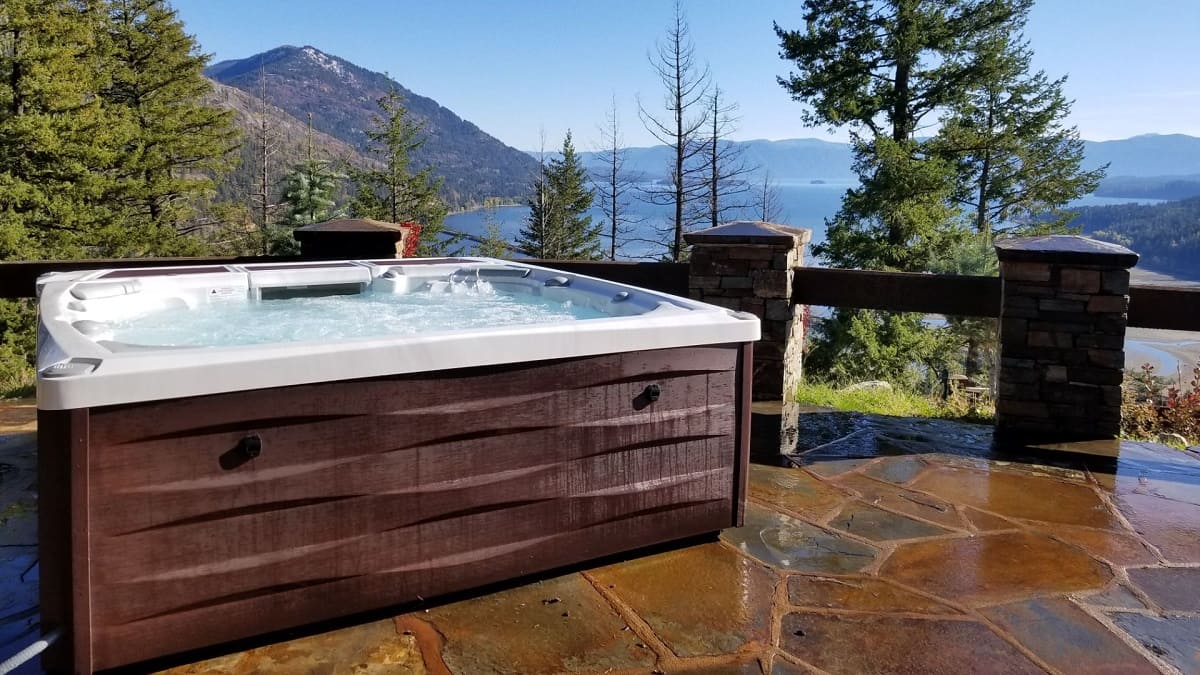
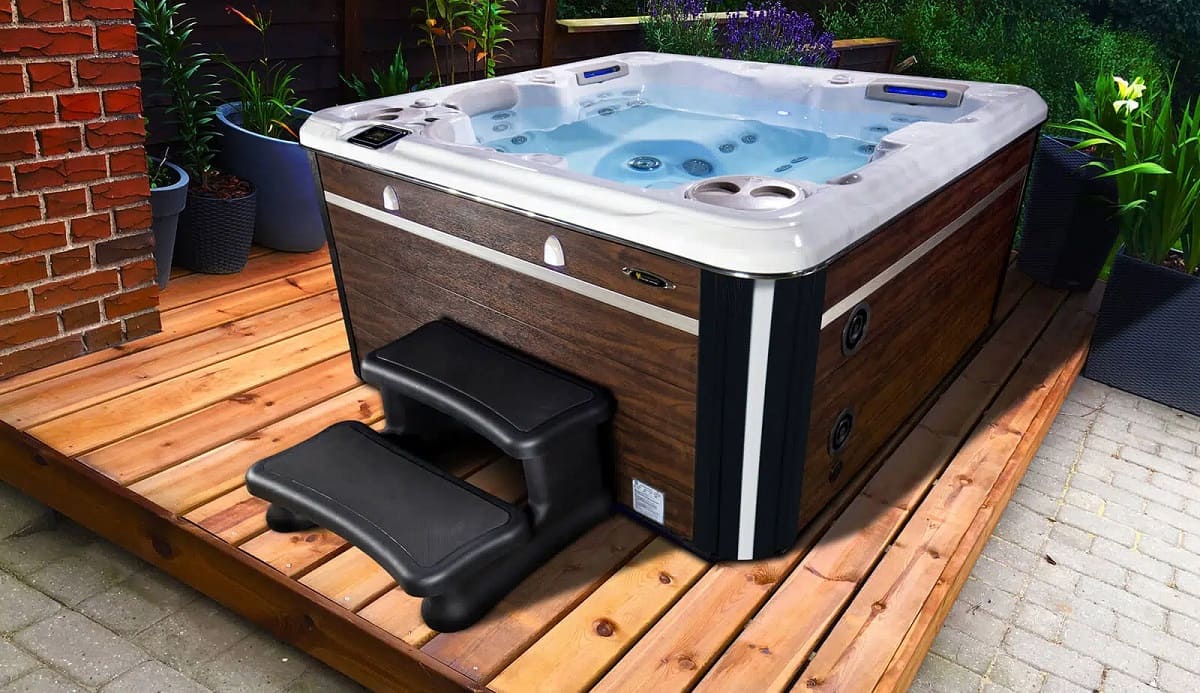
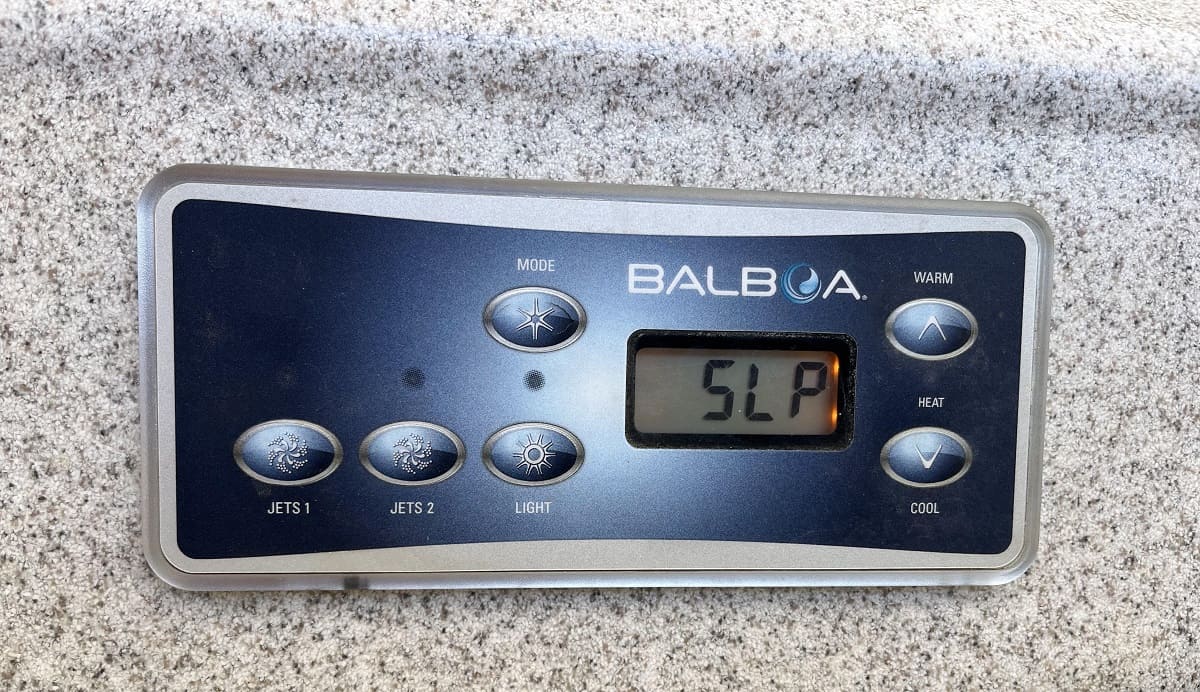

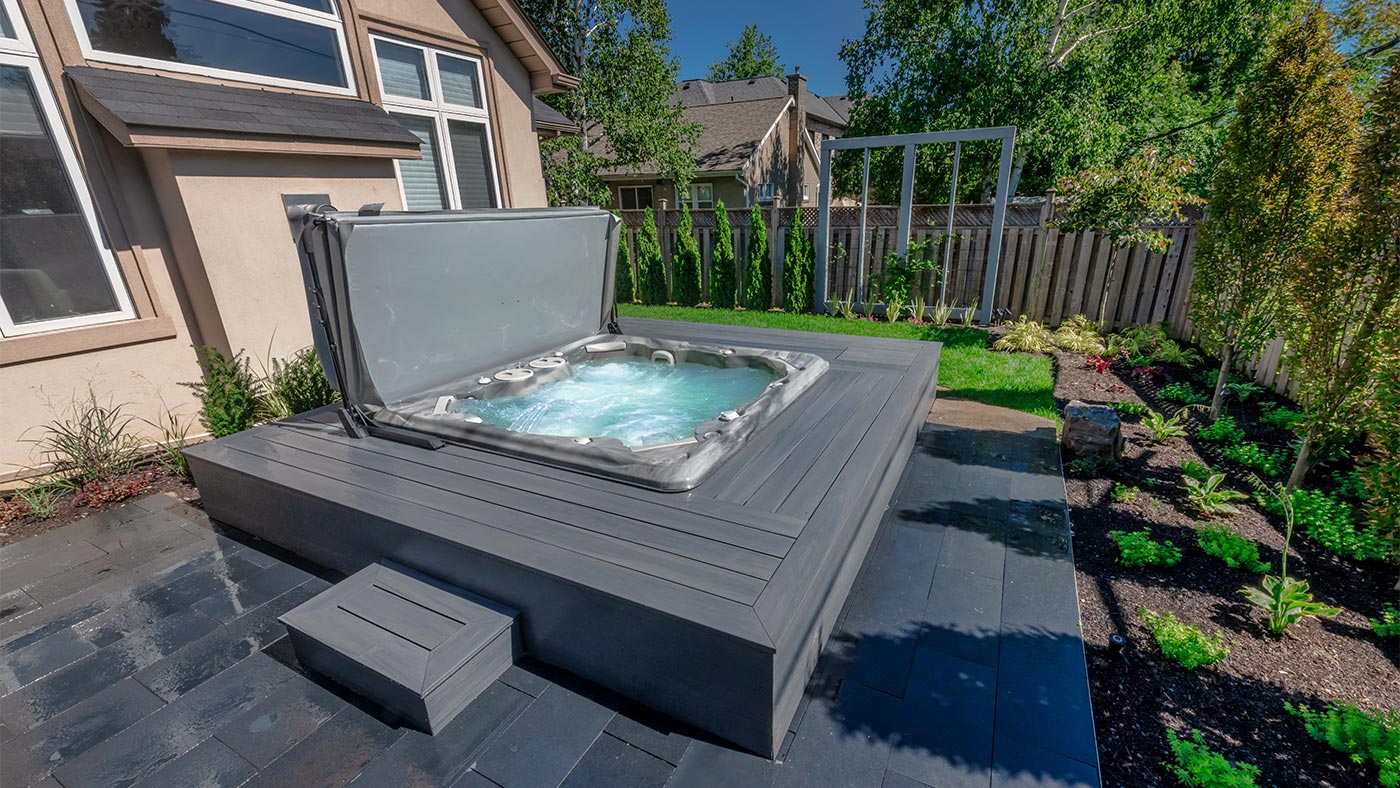
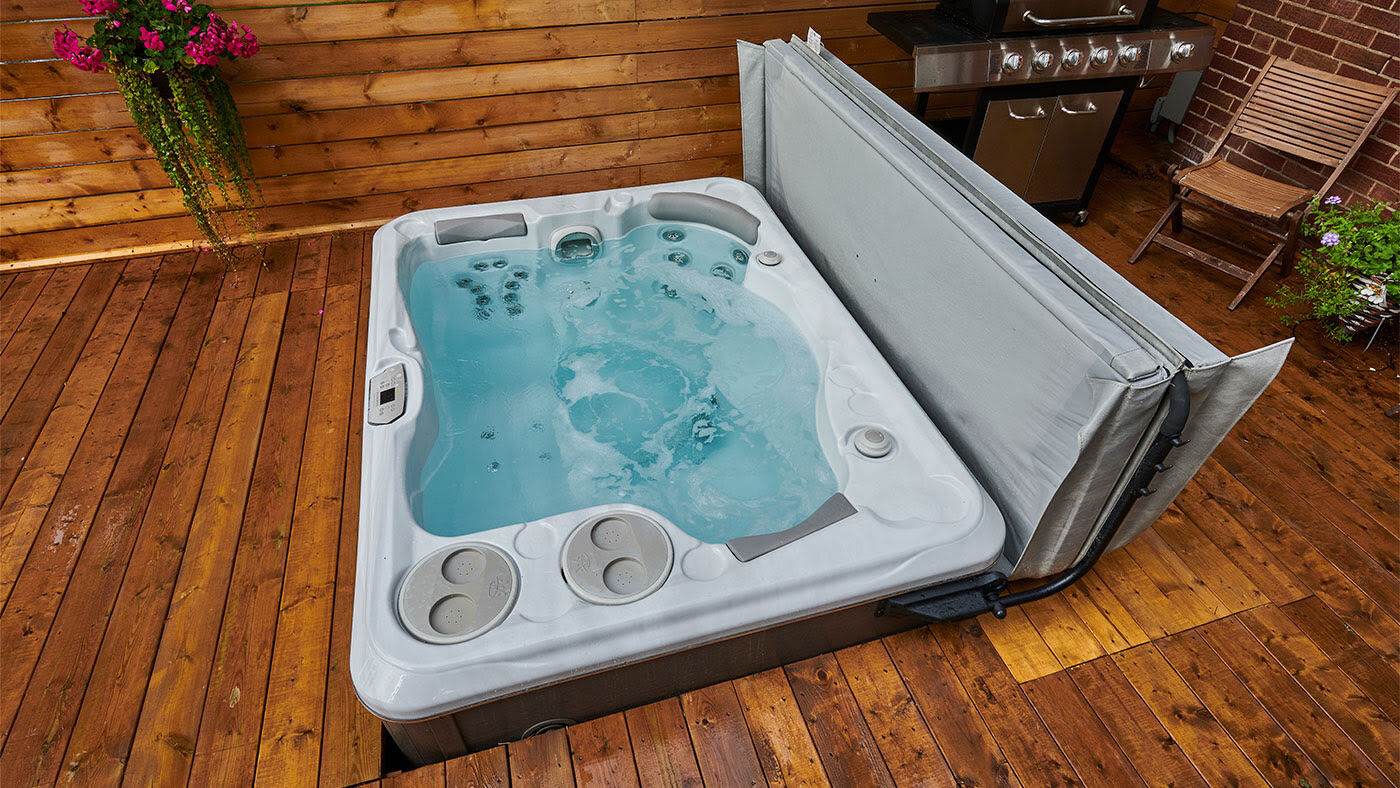
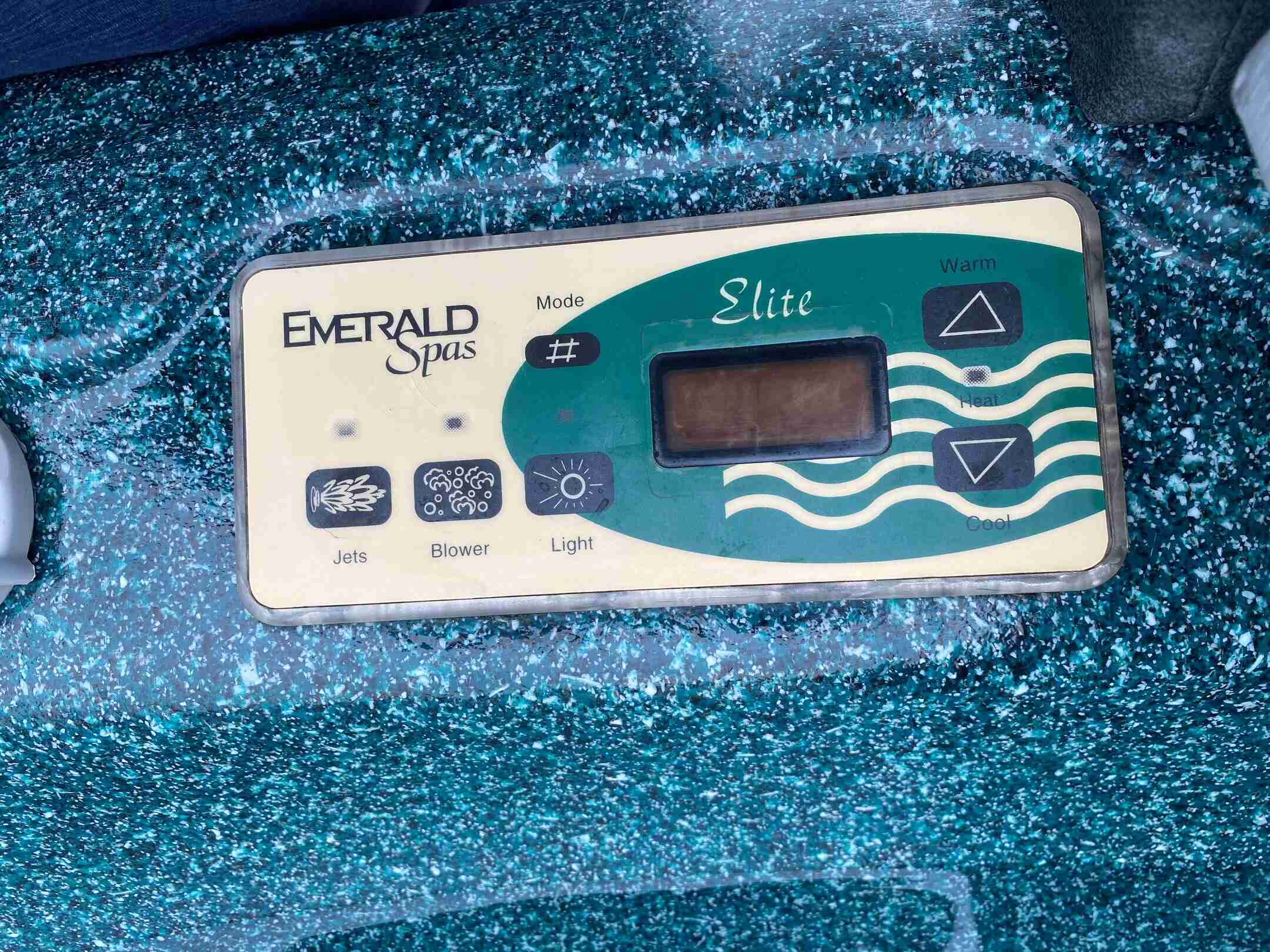
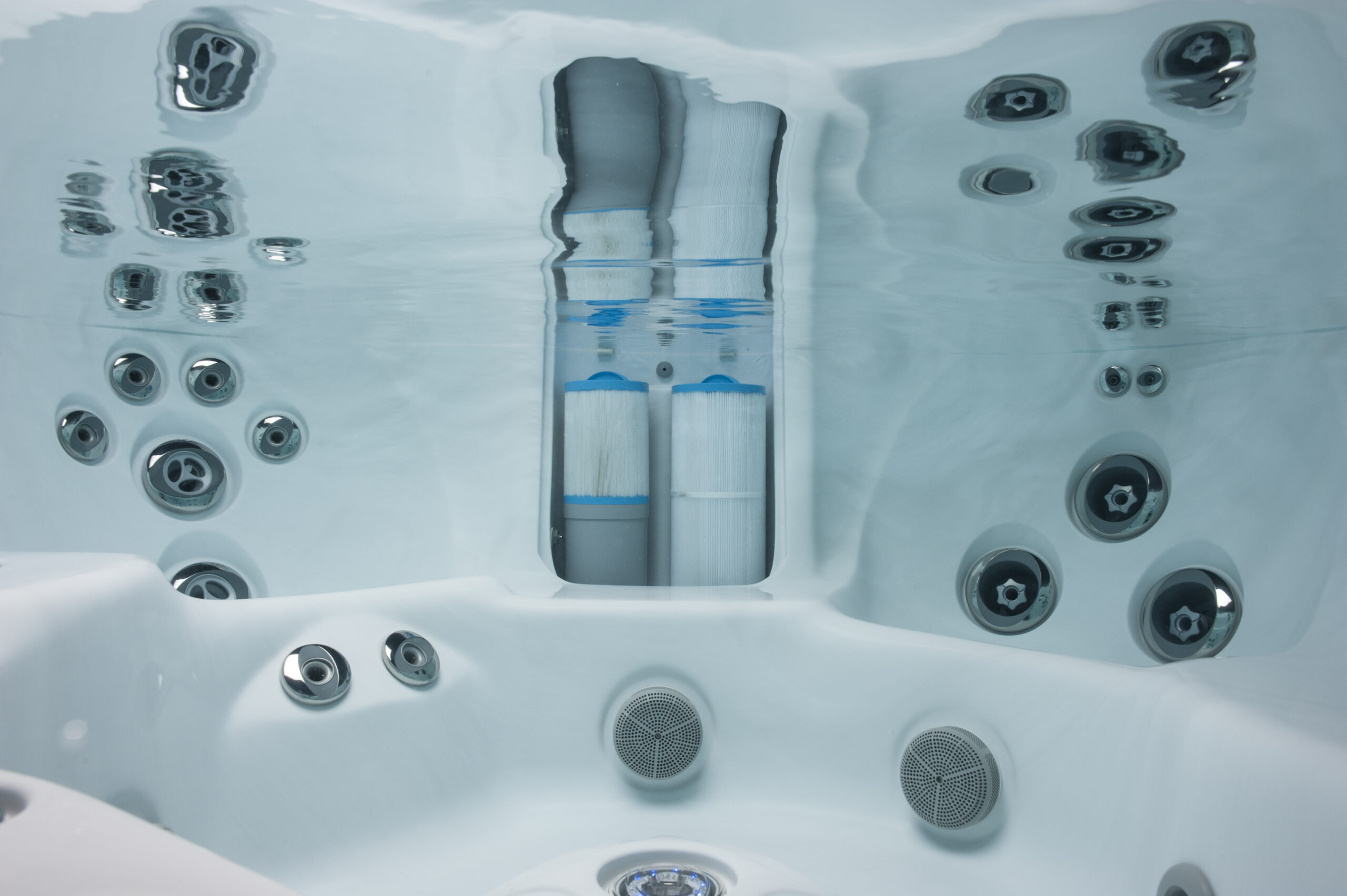
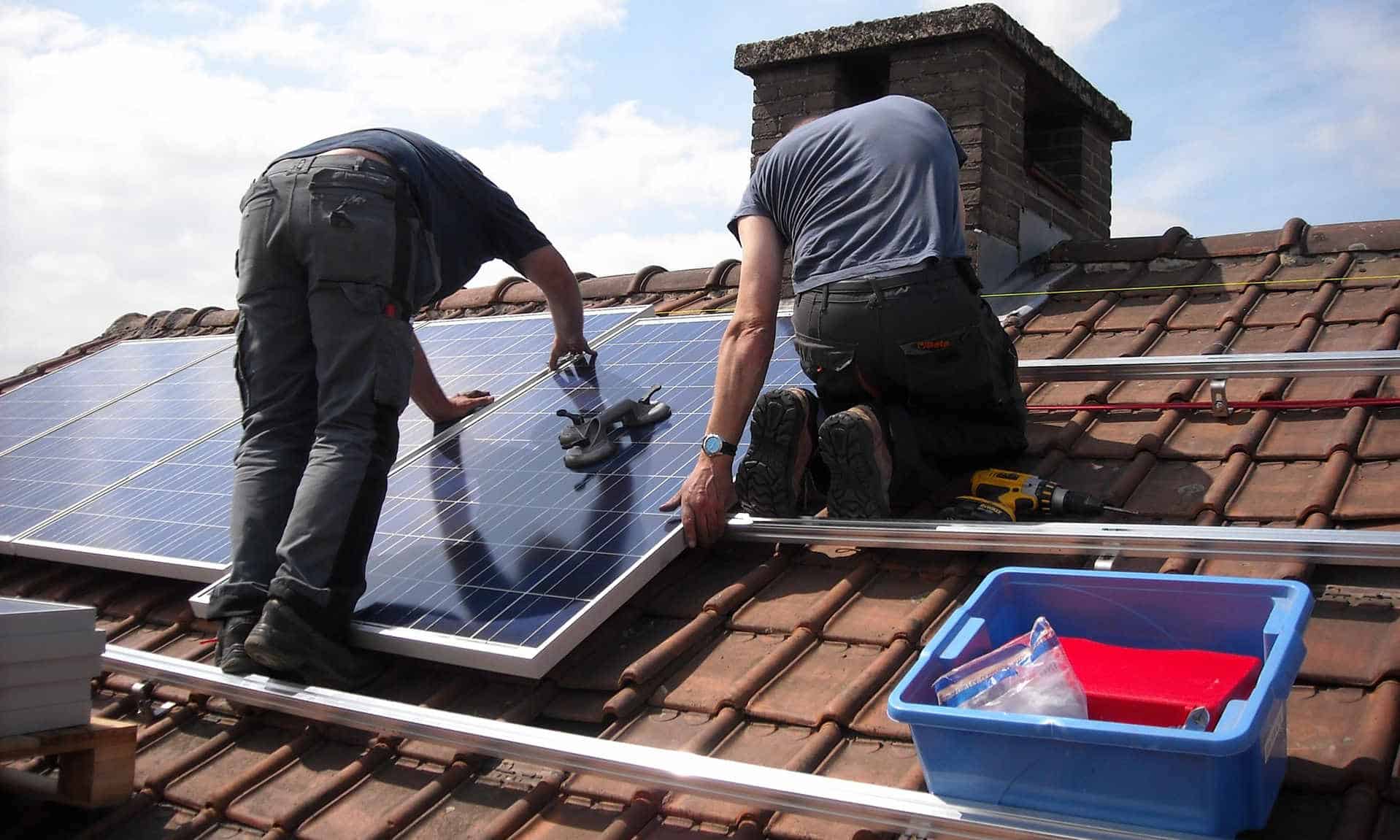
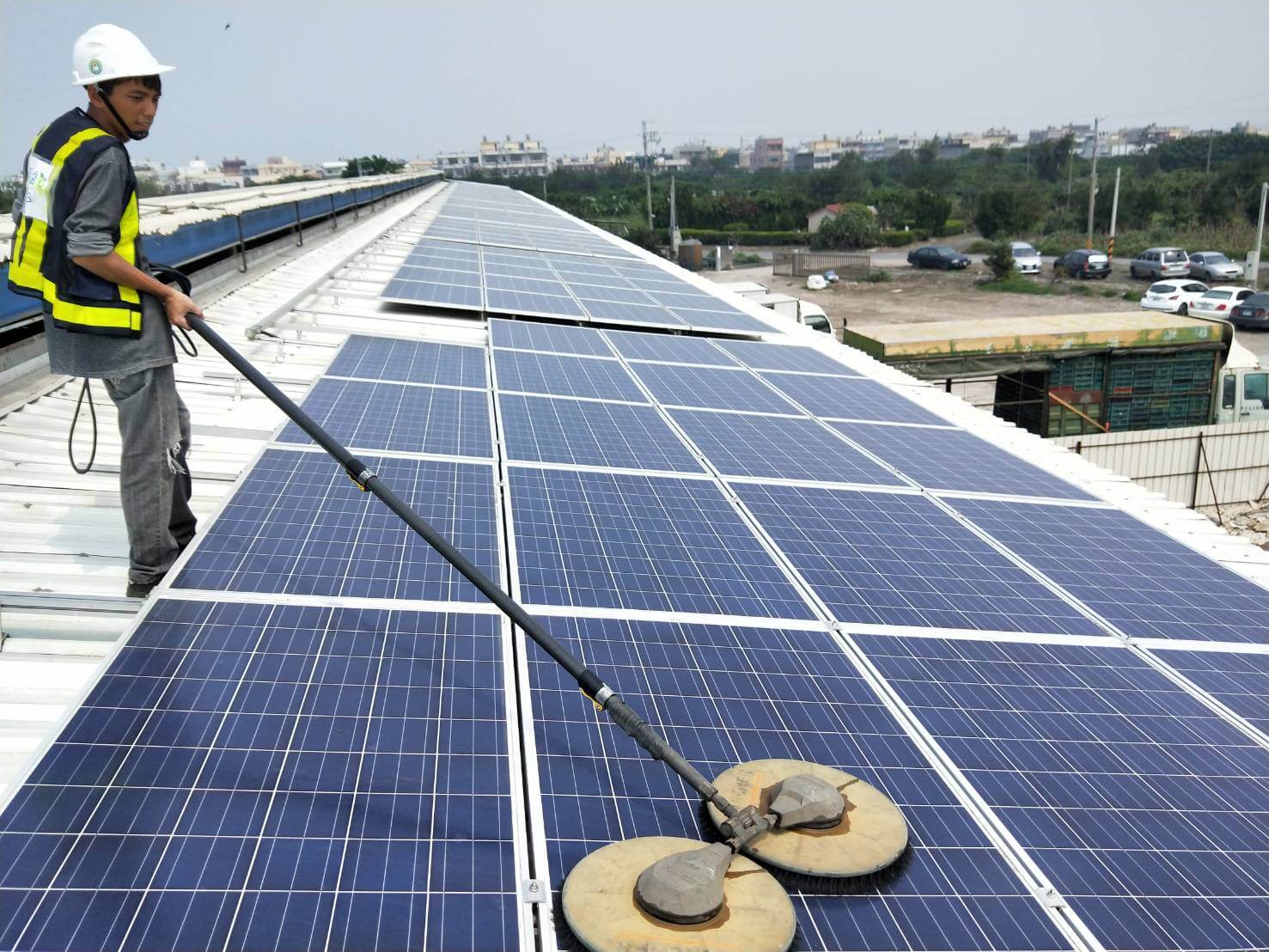
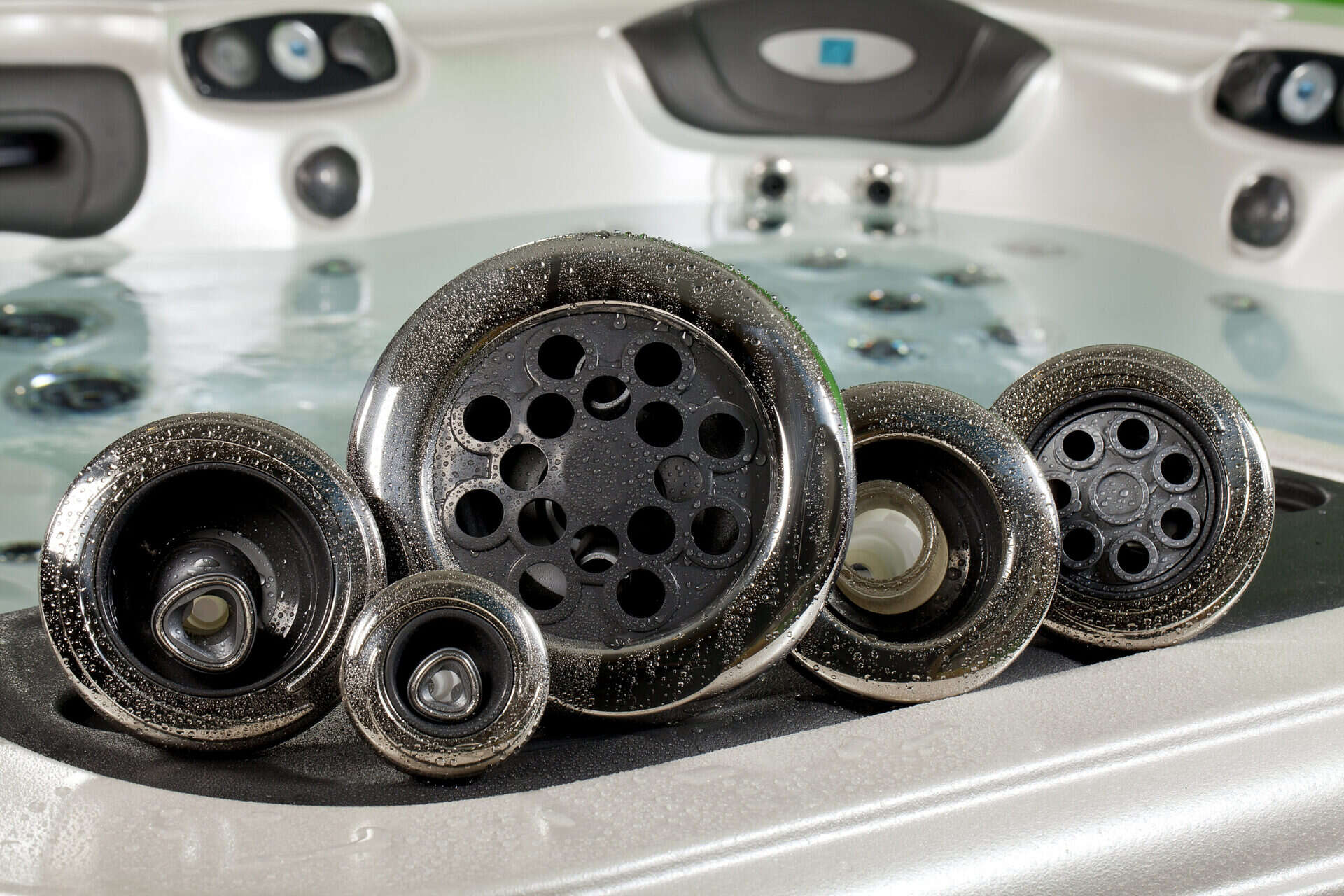
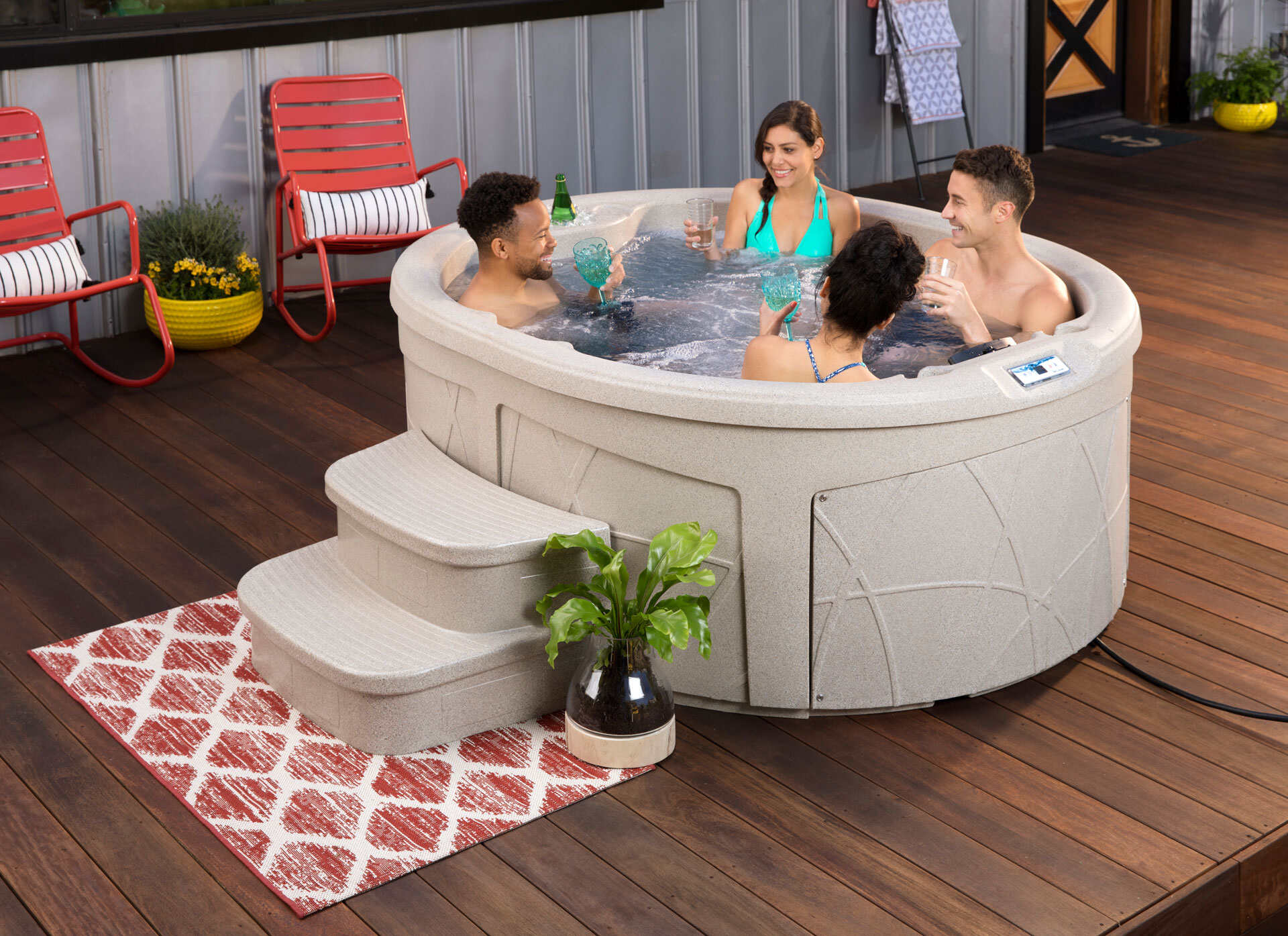
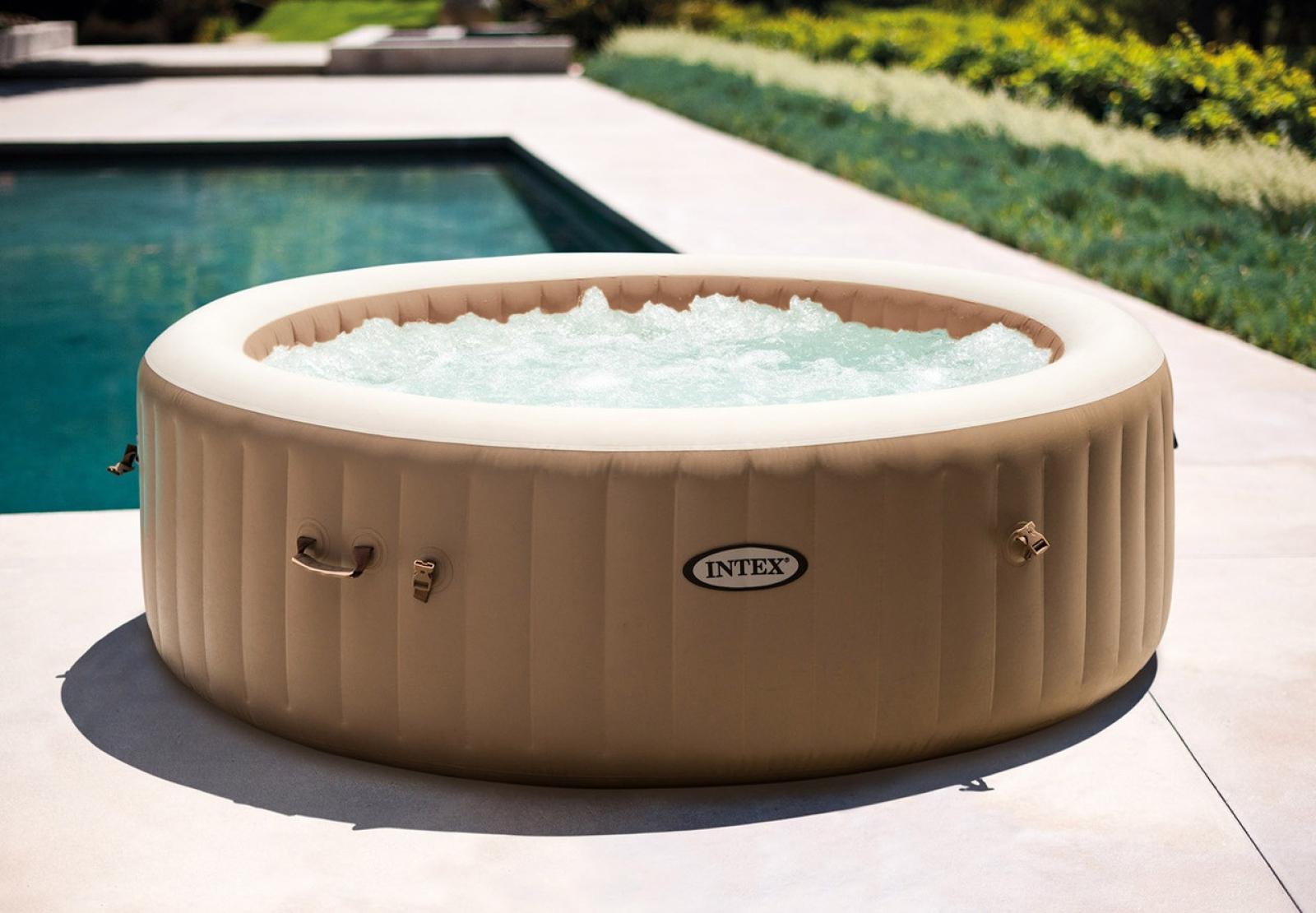
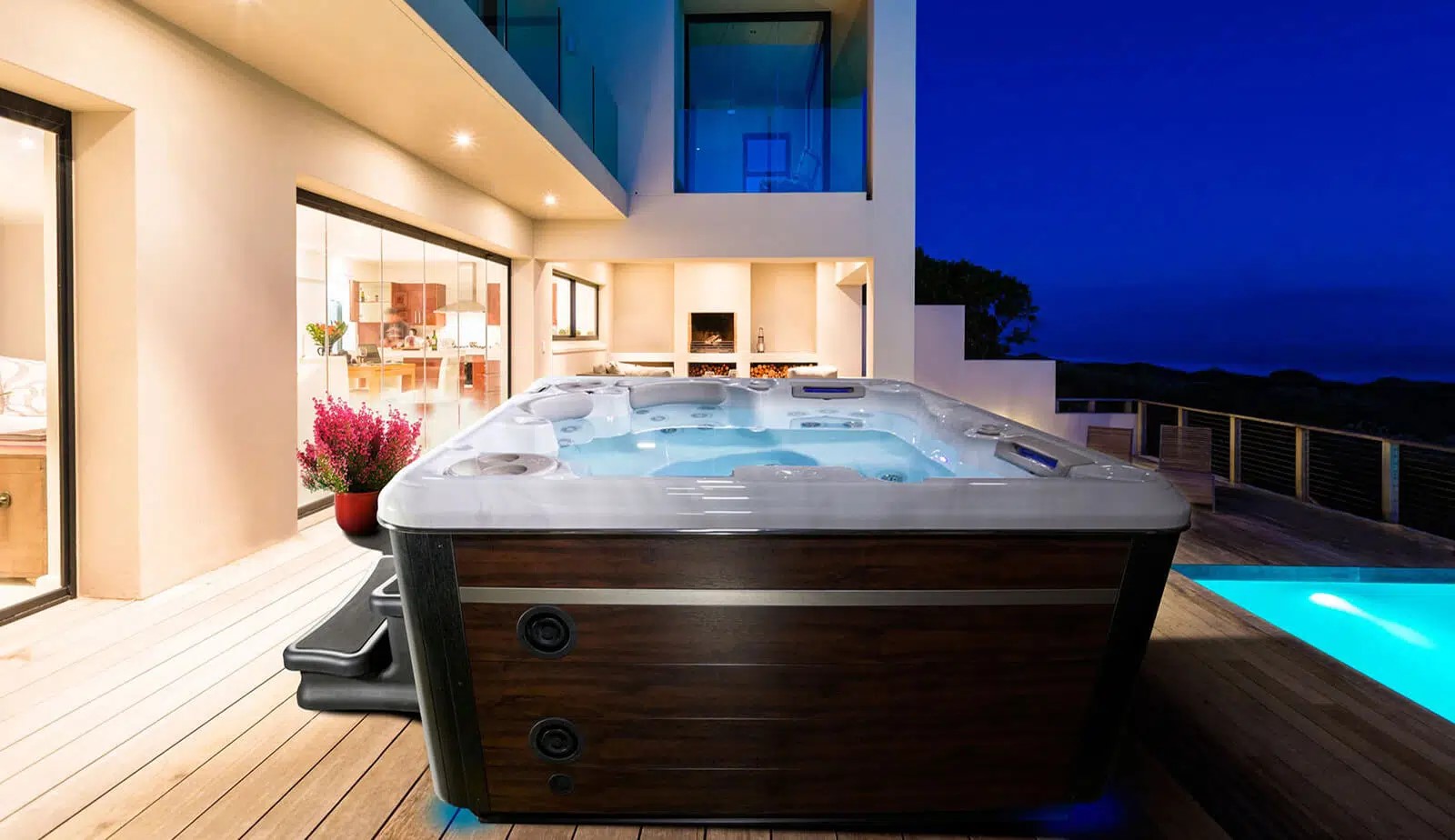

0 thoughts on “How Many Solar Panels To Run Hot Tub”